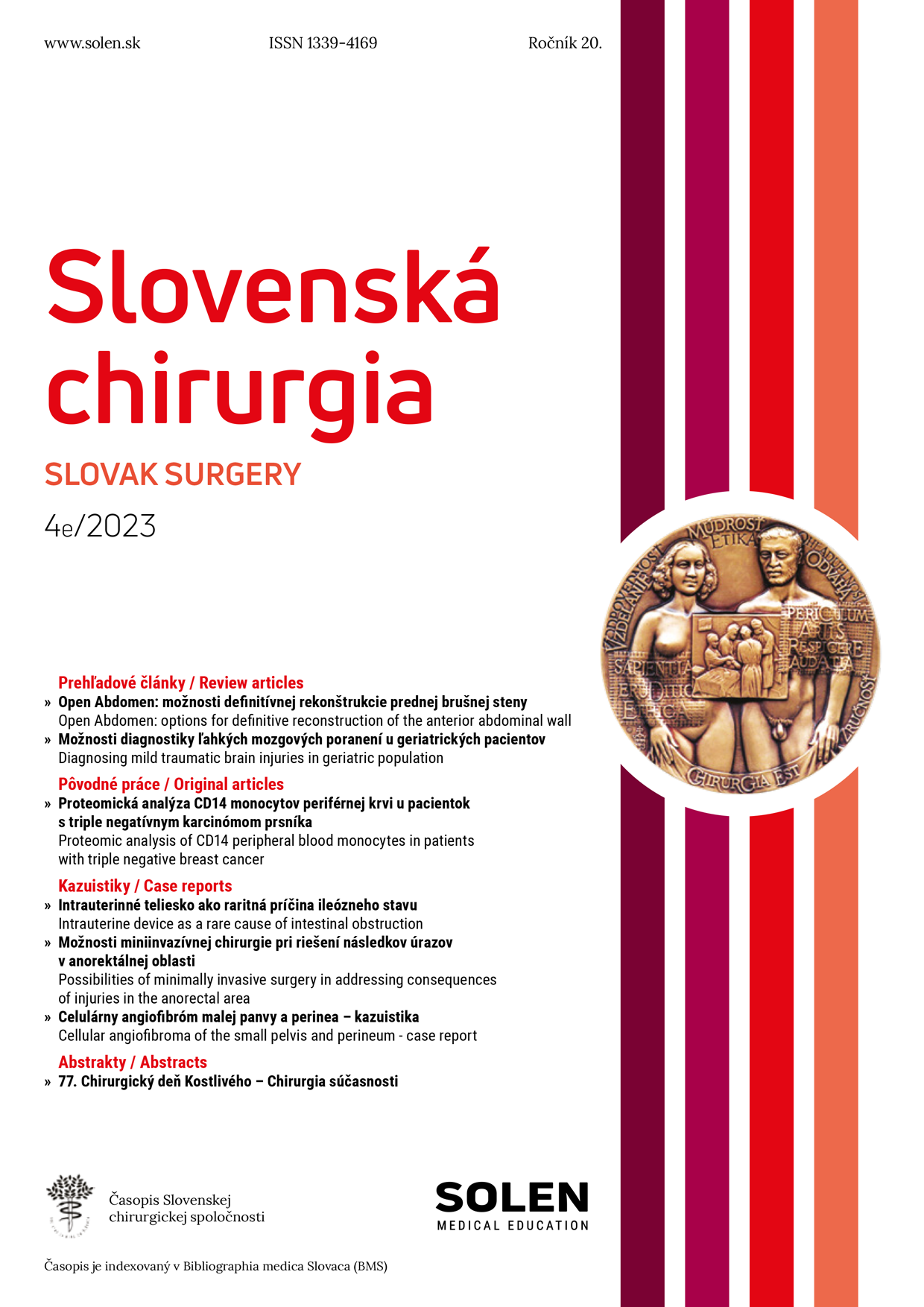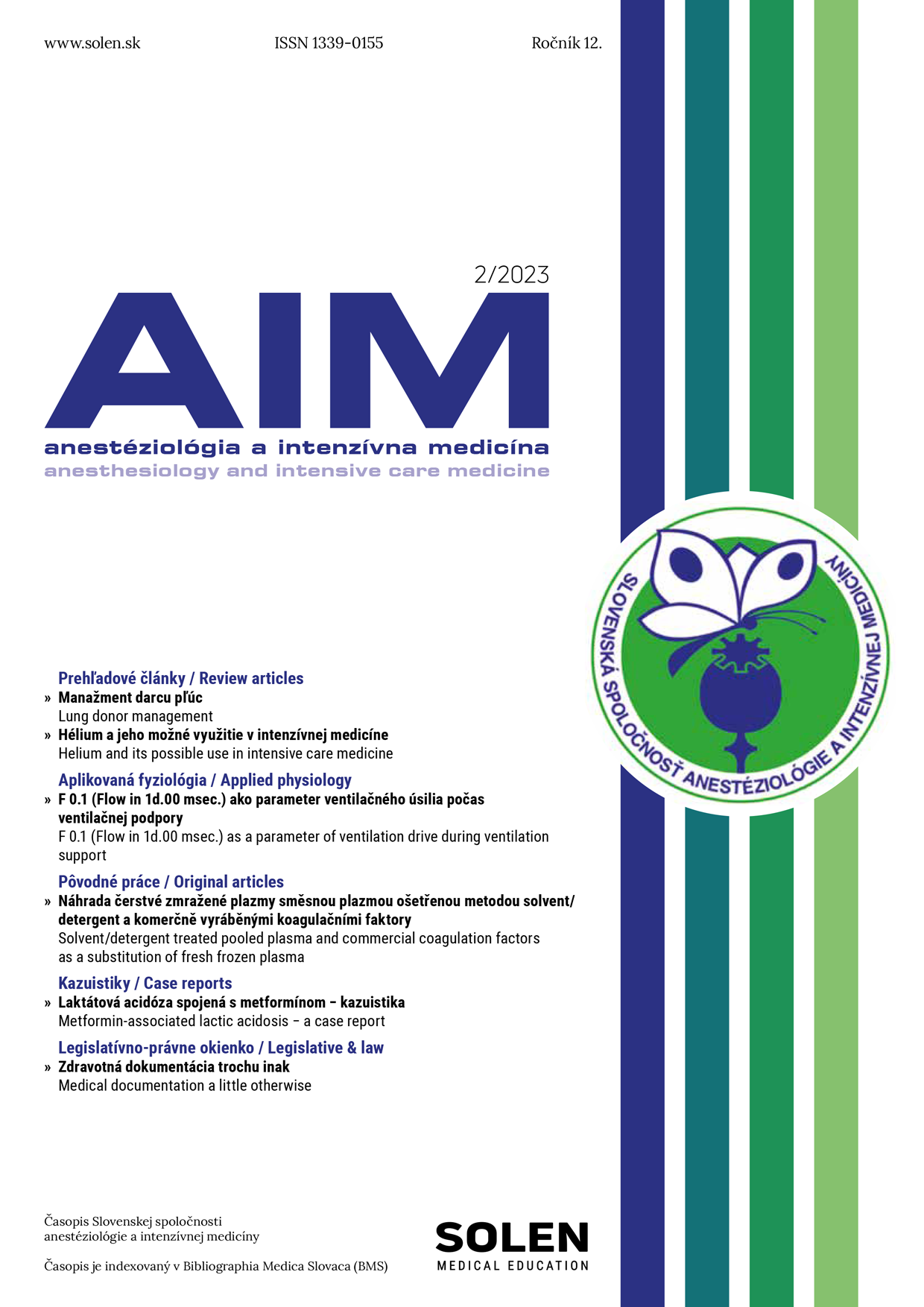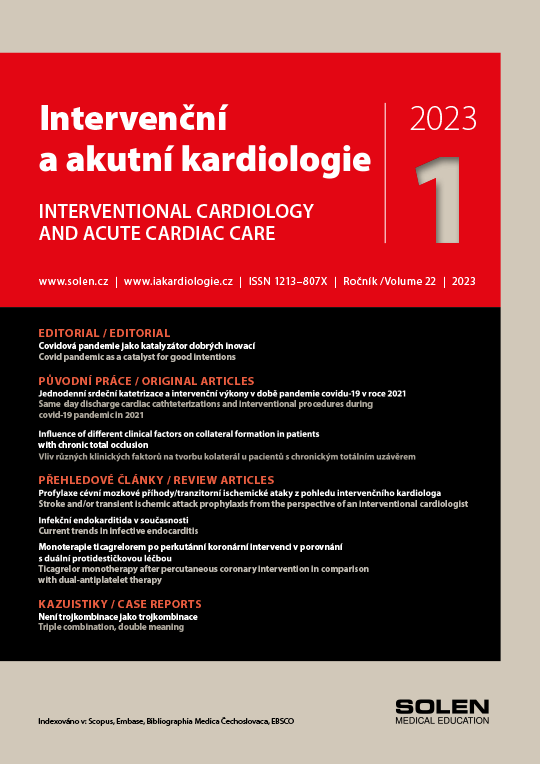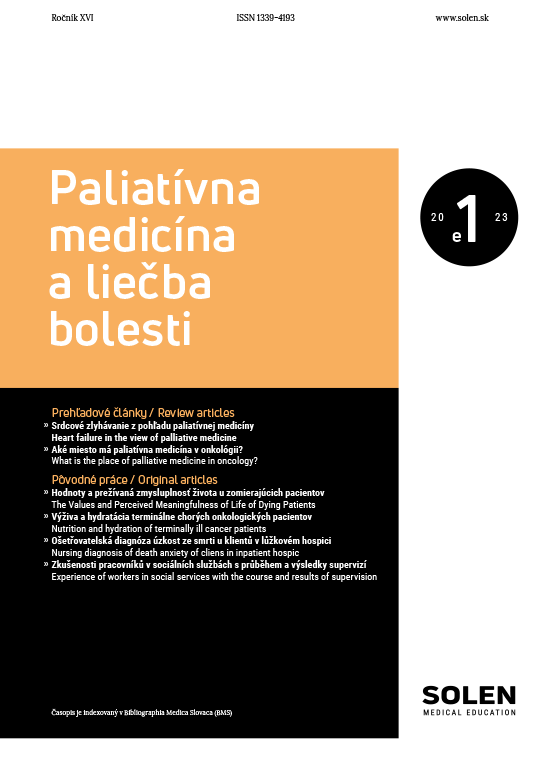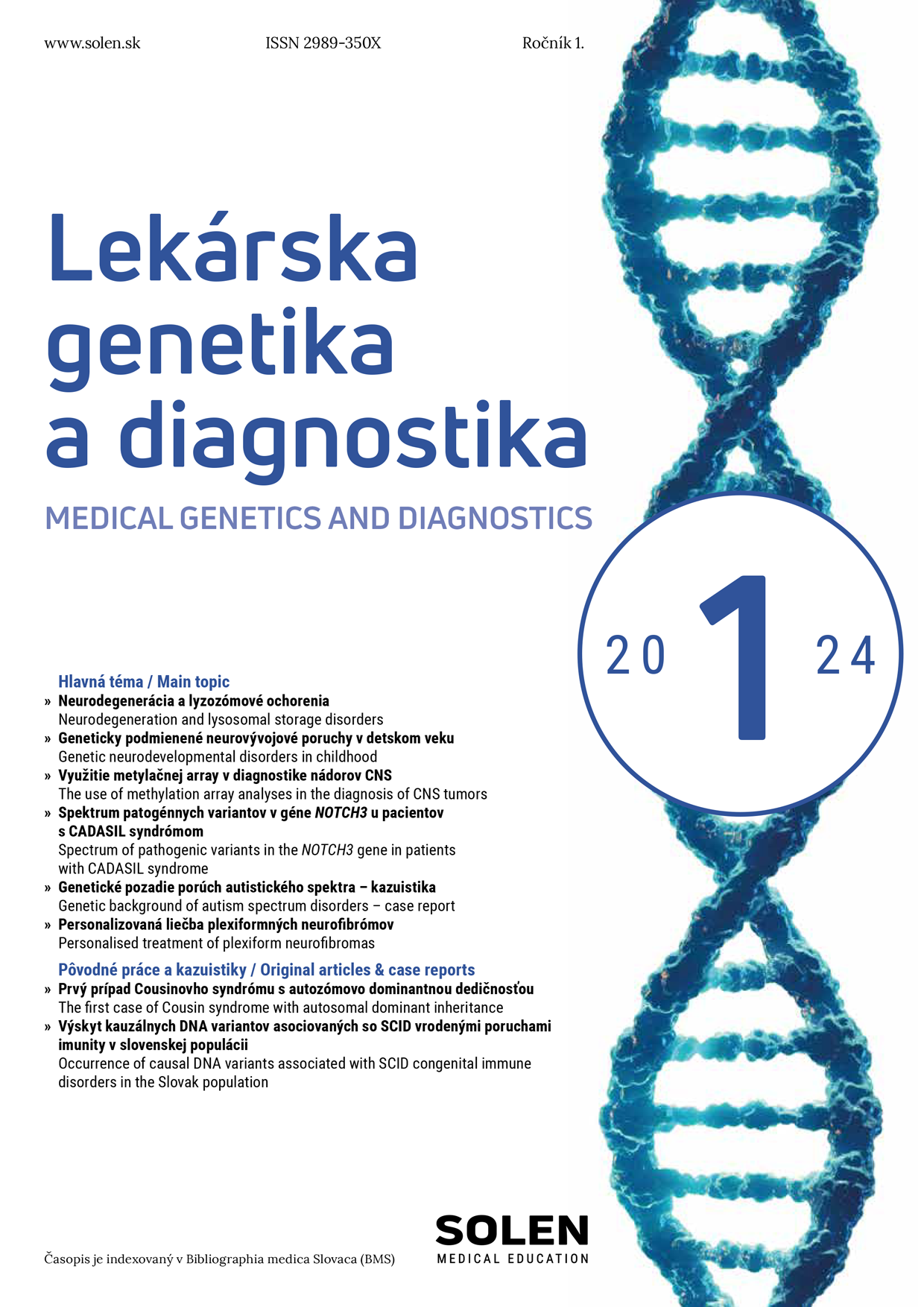Neurológia pre prax 2/2013
Kraniocerebrální poranění a možnosti následné neurorehabilitace – popis problematiky a přehled literatury
prof. MUDr. Martin Smrčka, Ph.D., MBA, doc. MUDr. Olga Švestková, Ph.D., MUDr. Ondřej Navrátil, Ph.D.
Těžká kraniocerebrální poranění (KCP) představují celospolečenský problém. Výsledky léčby KCP nejsou stále dobré, i přes značné prostředky a velké úsilí zdravotníků, které jsou vynakládány především v akutní fázi po poranění. Těžká KCP představují nejčastější příčinu úmrtí u lidí do 45 let a velká část těchto pacientů zůstává trvale postižena. Bohužel v České republice chybí praktická realizace konceptu intenzivní neurorehabilitace, tak jak je zaveden v civilizované Evropě již několik let. Neurorehabilitace je velmi komplexní přístup k pacientovi (například po KCP), který začíná již těsně po poranění, ale pokračuje kontinuálně až do co nejlepší resocializace pacienta. Je jisté, že tento postup umožní značnému procentu pacientů po těžkém KCP návrat do smysluplného života.
Kľúčové slová: těžké kraniocerebrální poranění, neurorehabilitace.
Craniocerebral injury and the use subsequent neurorehabilitation – description of the topic and the literature review
Severe craniocerebral injurie represent a problem for the whole society. The results of treatment of severe craniocerebral injurie are still not good enough, even though a lot of resources and efforts of health care proffesionals is being used particularly in the acute phase after the injury. Severe craniocerbral injurie represent the most common cause of death in persóna below 45 years of age and the majority of the surviving patients stayes severely desabled. Unfortunately, the concept of intensive neurorehabilitation, which was established in the civilised Europe, is completely lacking in the Czech Republic. Neurorehabilitation means a very complex attitude to the patient and starts right after the injury but follows continuously towards the best possible resocialisation of the patient. It is sure that this approach enables a high percentage of patients after the severe head injury their return back to the senseful life.
Keywords: severe craniocerebral injury, neurorehabilitation.


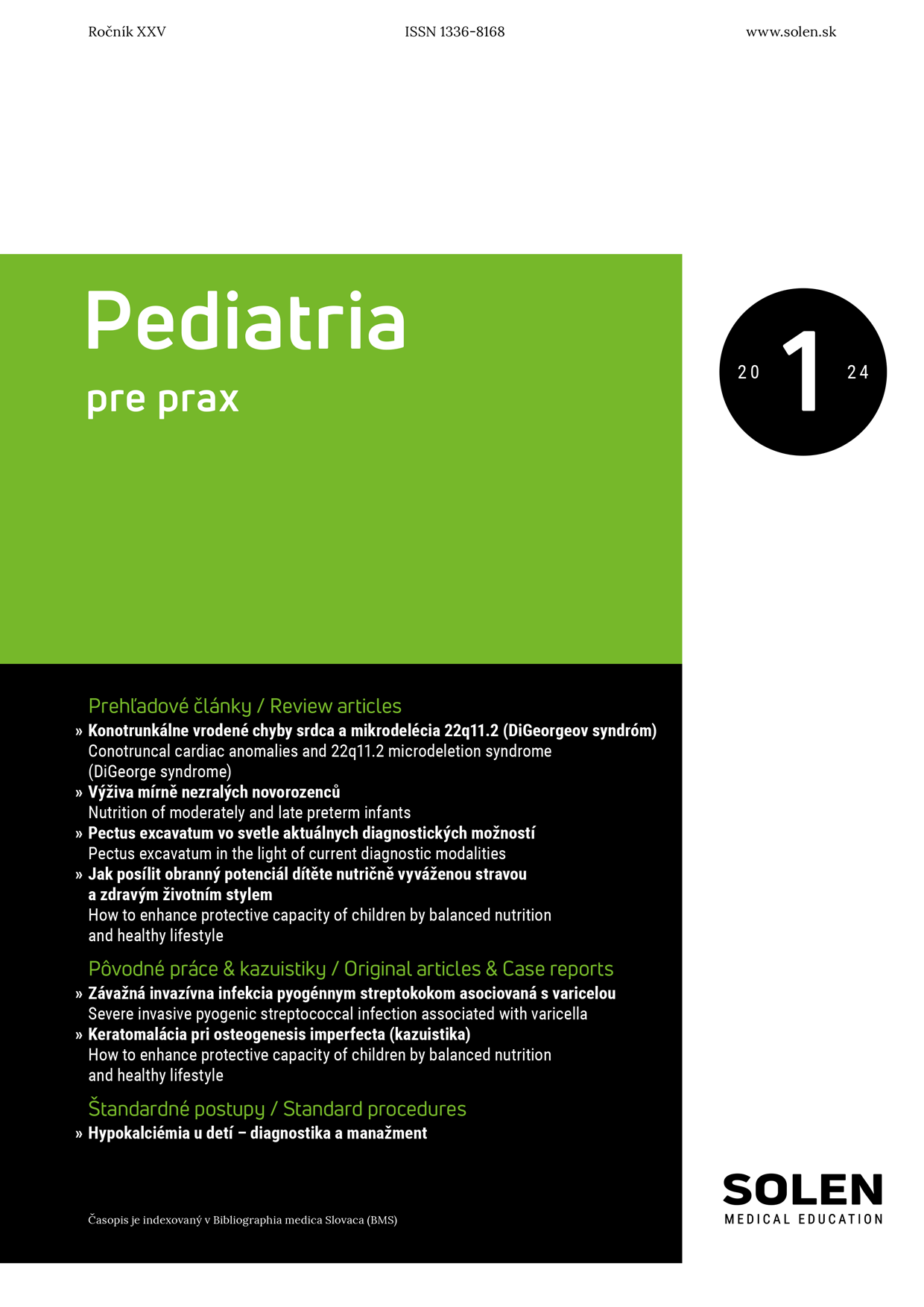
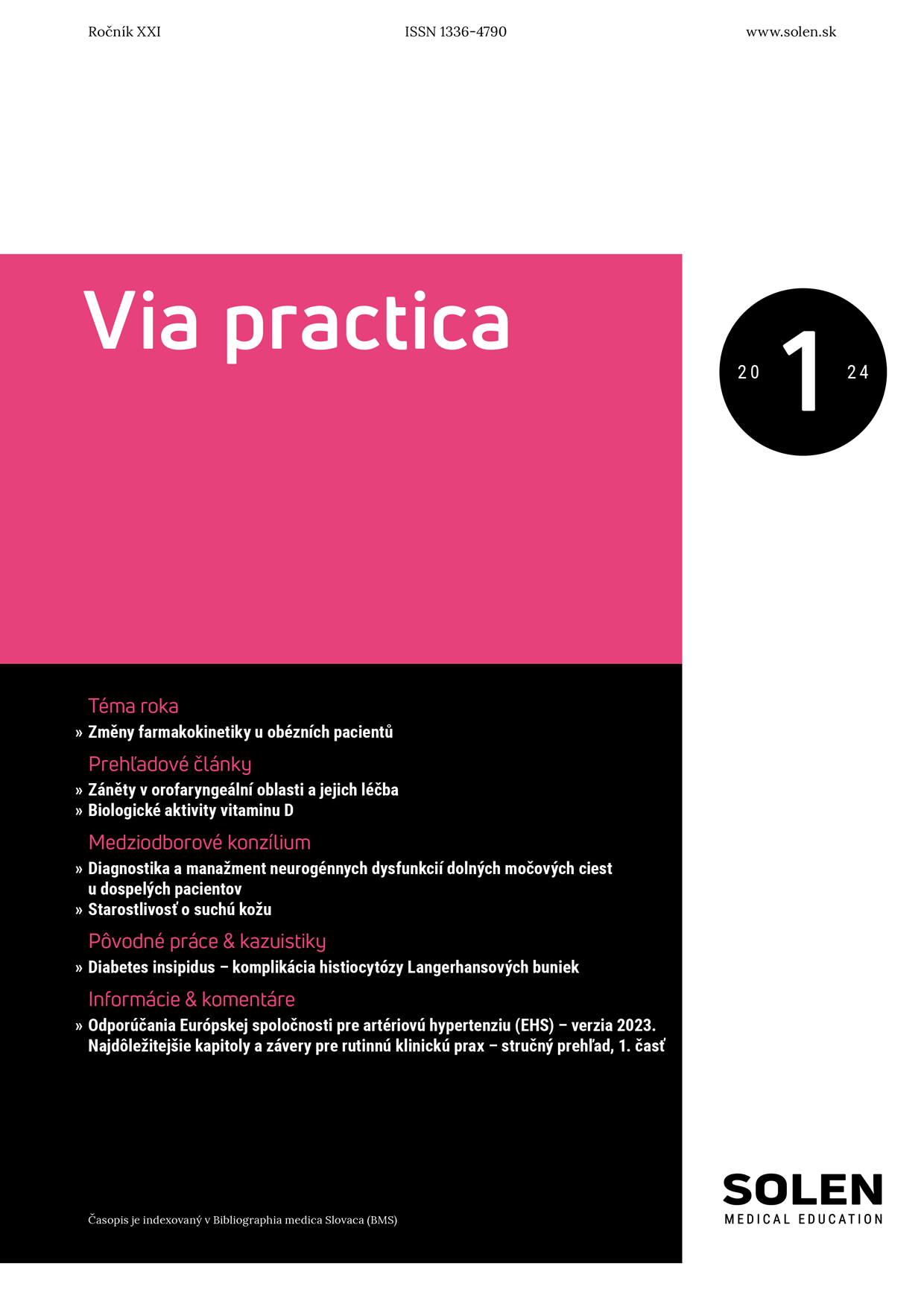
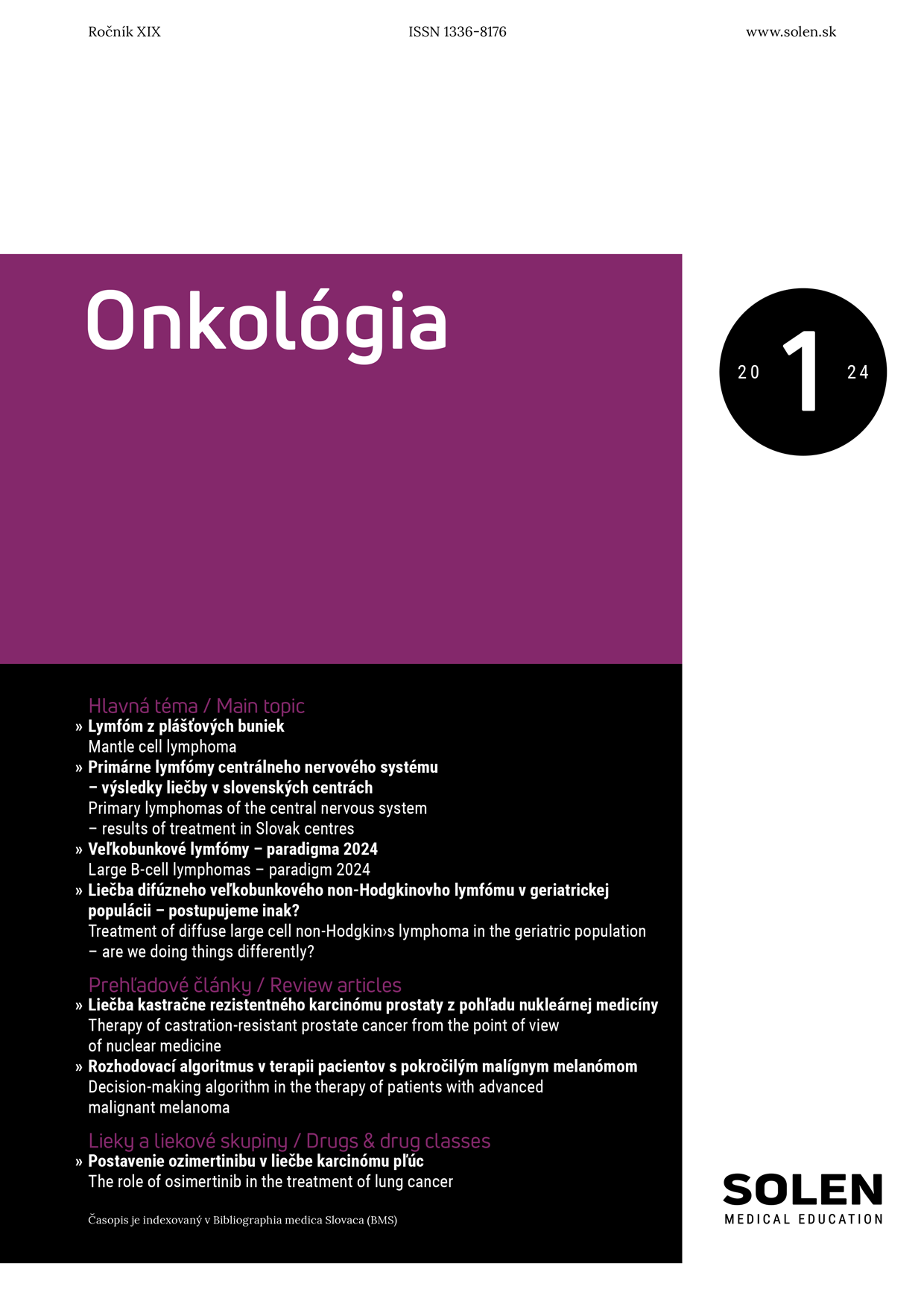
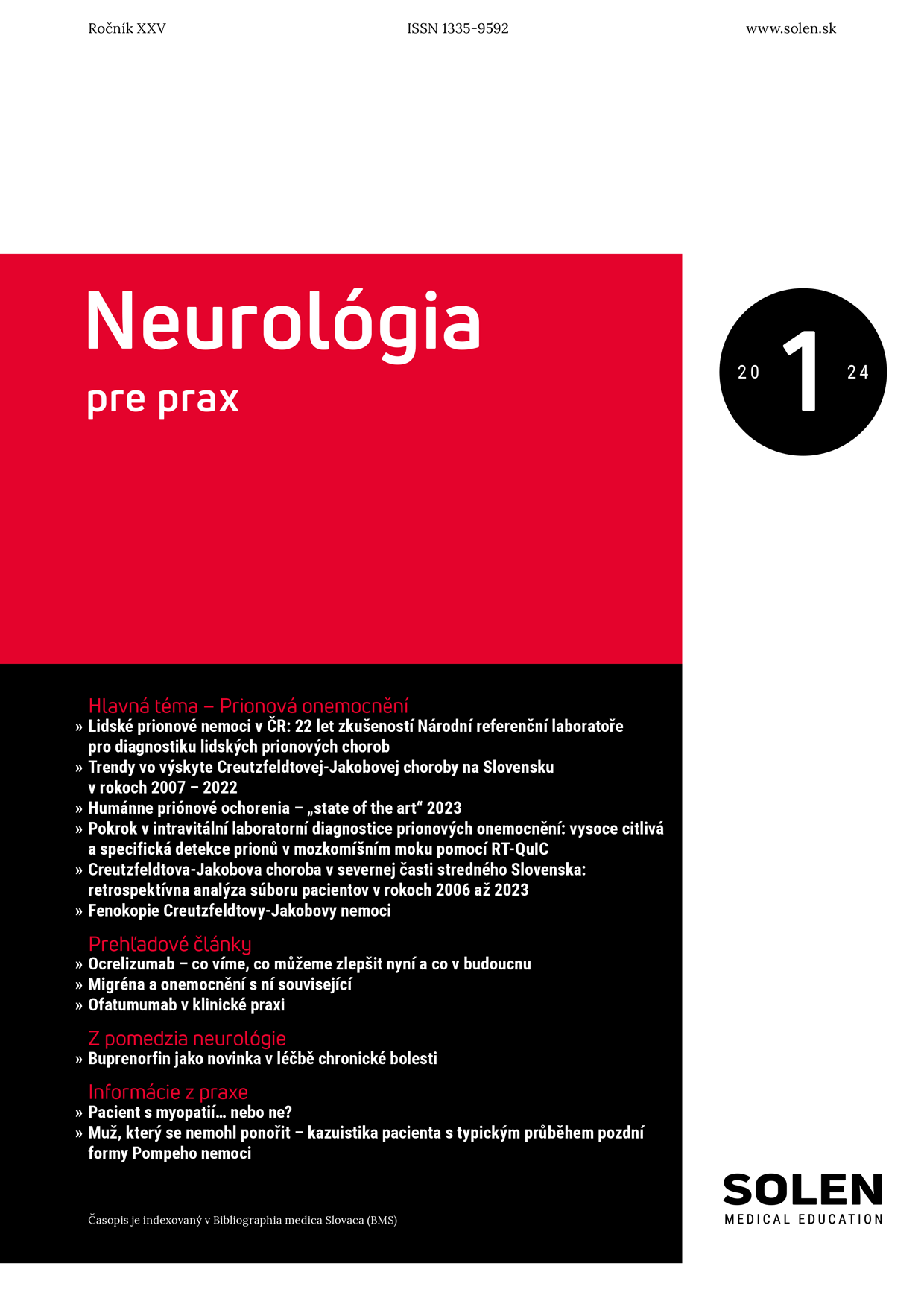
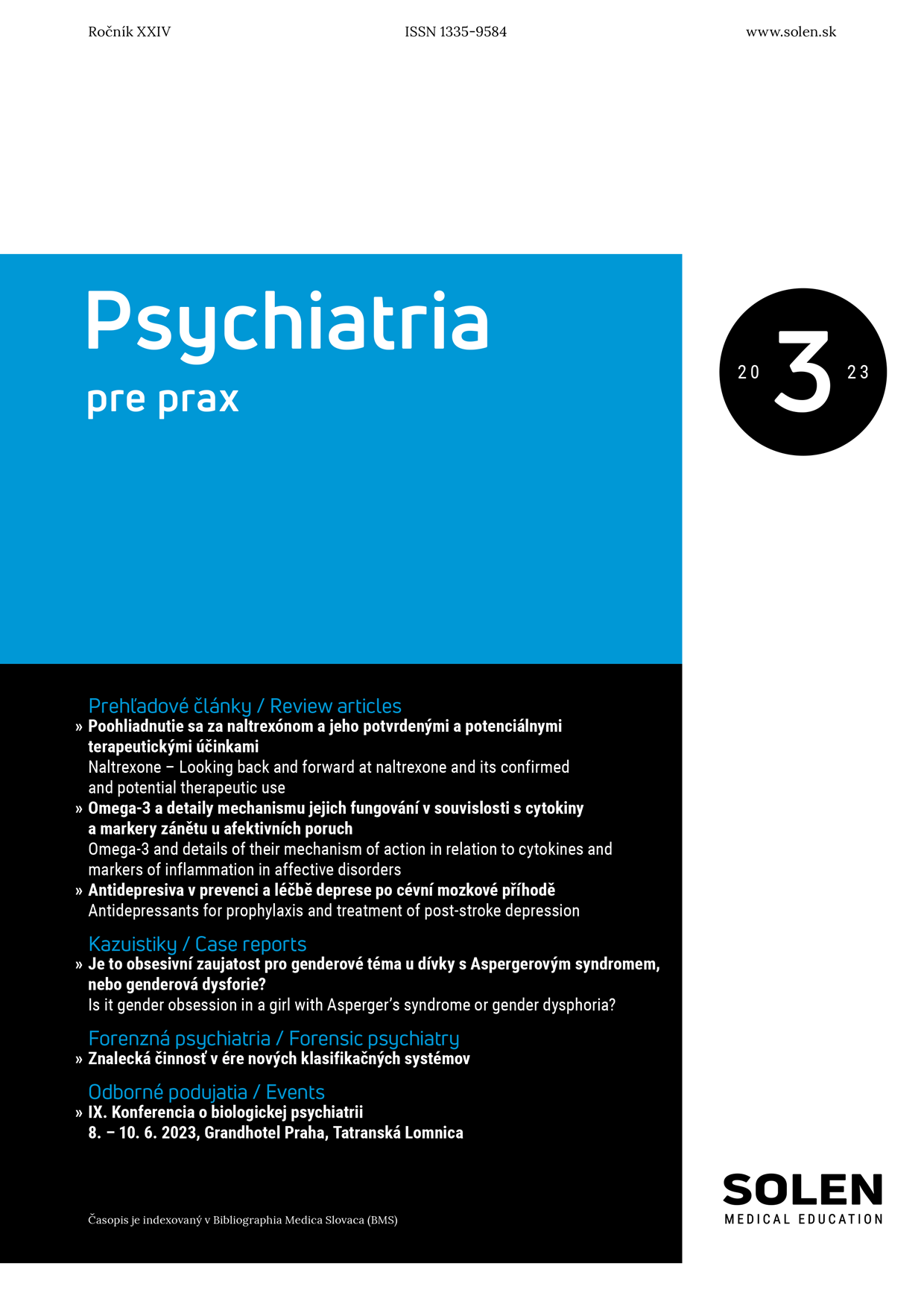
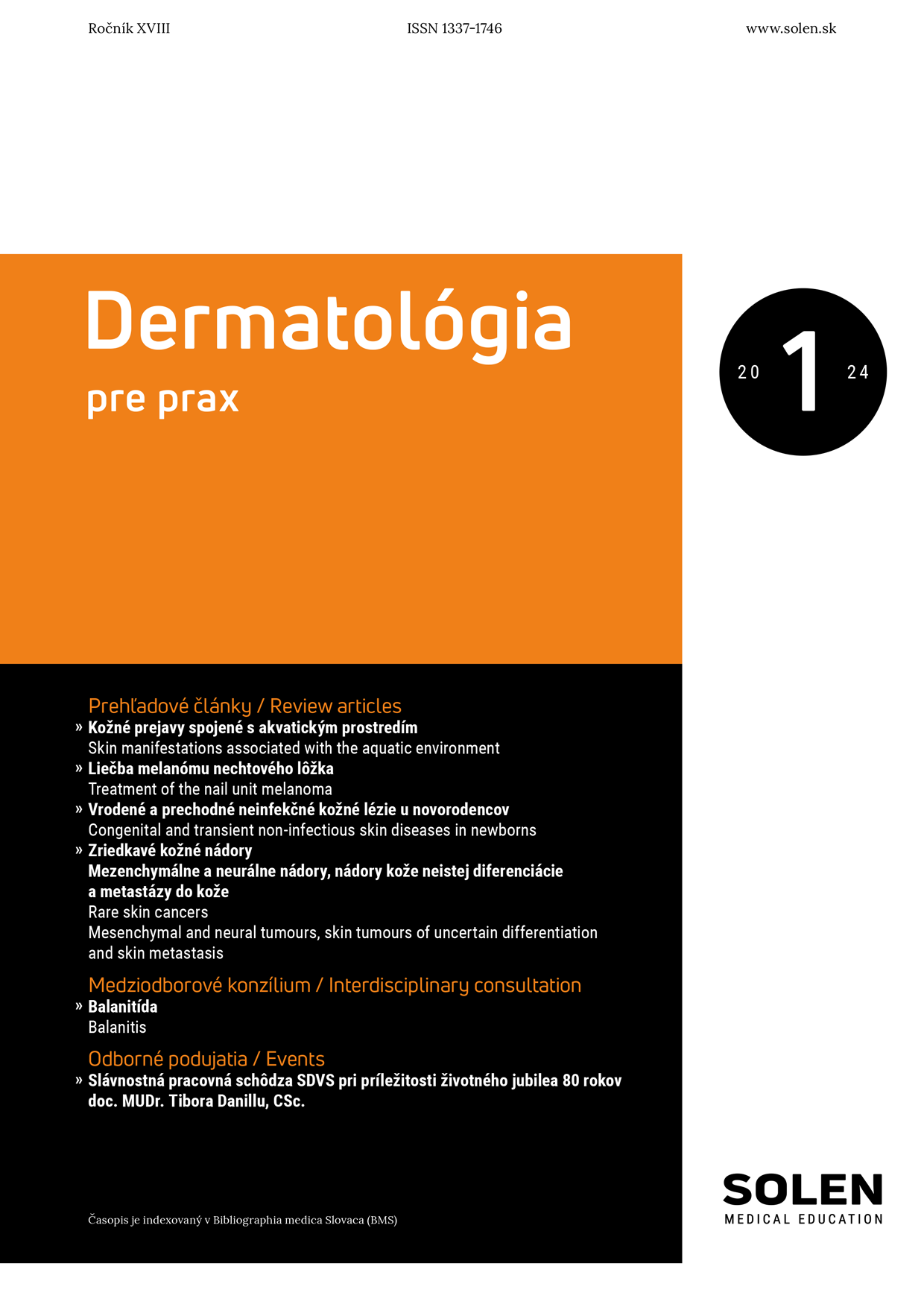
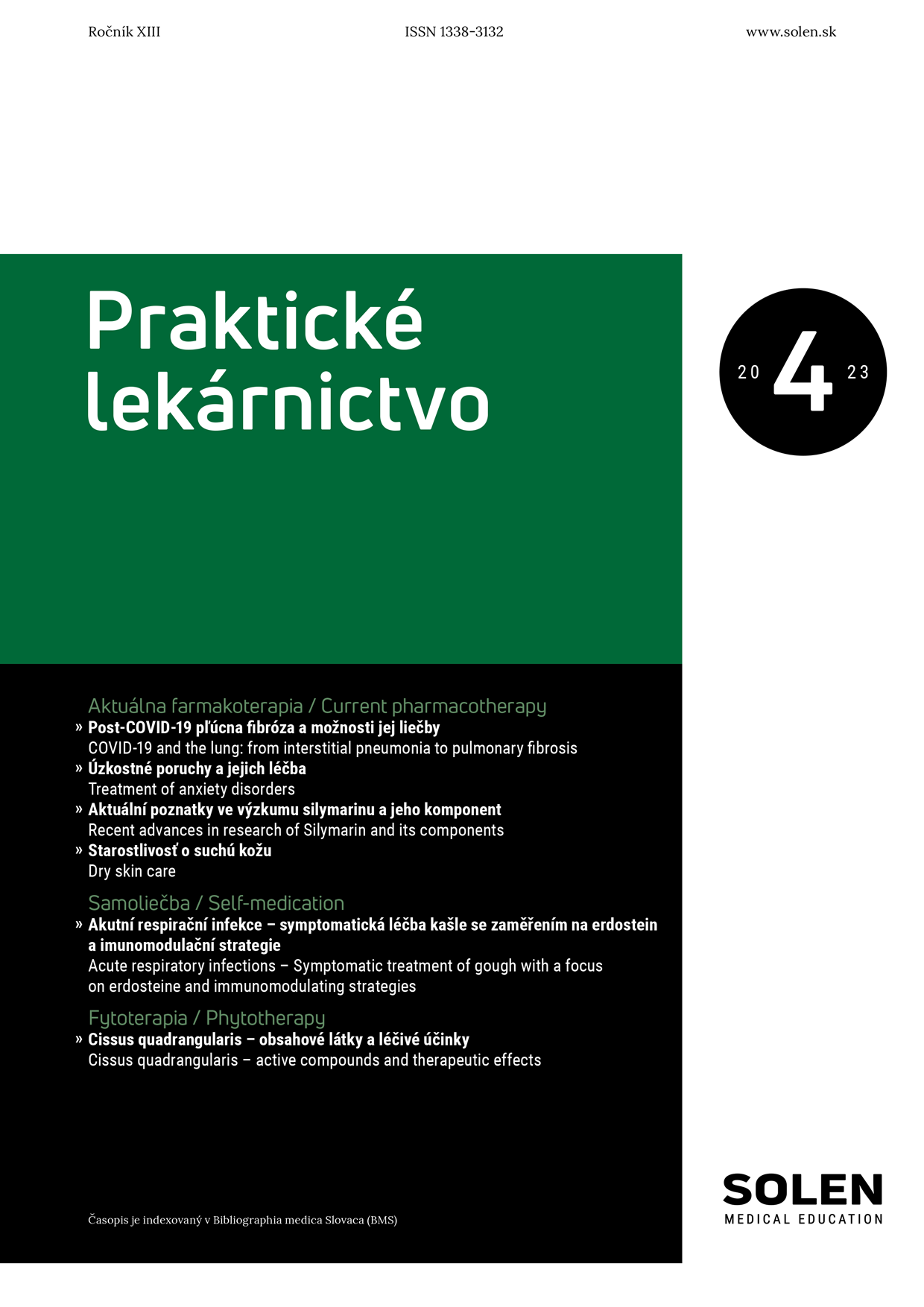
-1.png)
